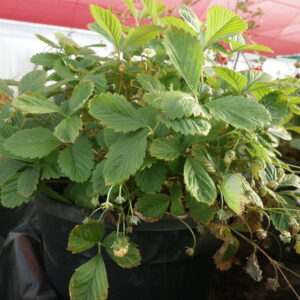
Pigeon Pea
₡1,900.00
Scientific name: Cajanus cajan
Family:
Origin:
Medicinal use:
1 in stock
Related products
-
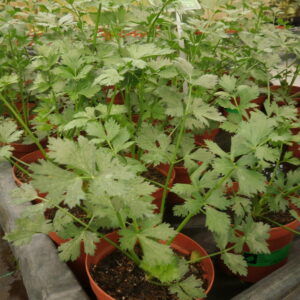
Celery
Culinary Garden ₡1,900.00 Add to cart
Celery
₡1,900.00
SKU: 0165 Category: Culinary GardenScientific name: Apium graveolens
Family: Apiaceae
Origin: Mediterranean
Medicinal use:Celeriac root can be used raw or cooked. Celeriac meat is tough and compact and off-white. Celeriac has a mild flavor and is often used as a flavoring in soups and stews, although it is increasingly being used on its own, usually pureed, or in stews, gratins, and baked dishes. In any case, celery is very positive in the human diet due to its high content of dietary fiber, vitamins and minerals, in addition to being considered a good diuretic due to the high percentage of water.
15 in stock
-
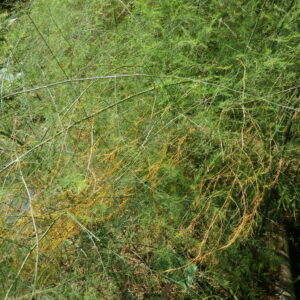
Asparagus
Culinary Garden ₡1,900.00 Add to cart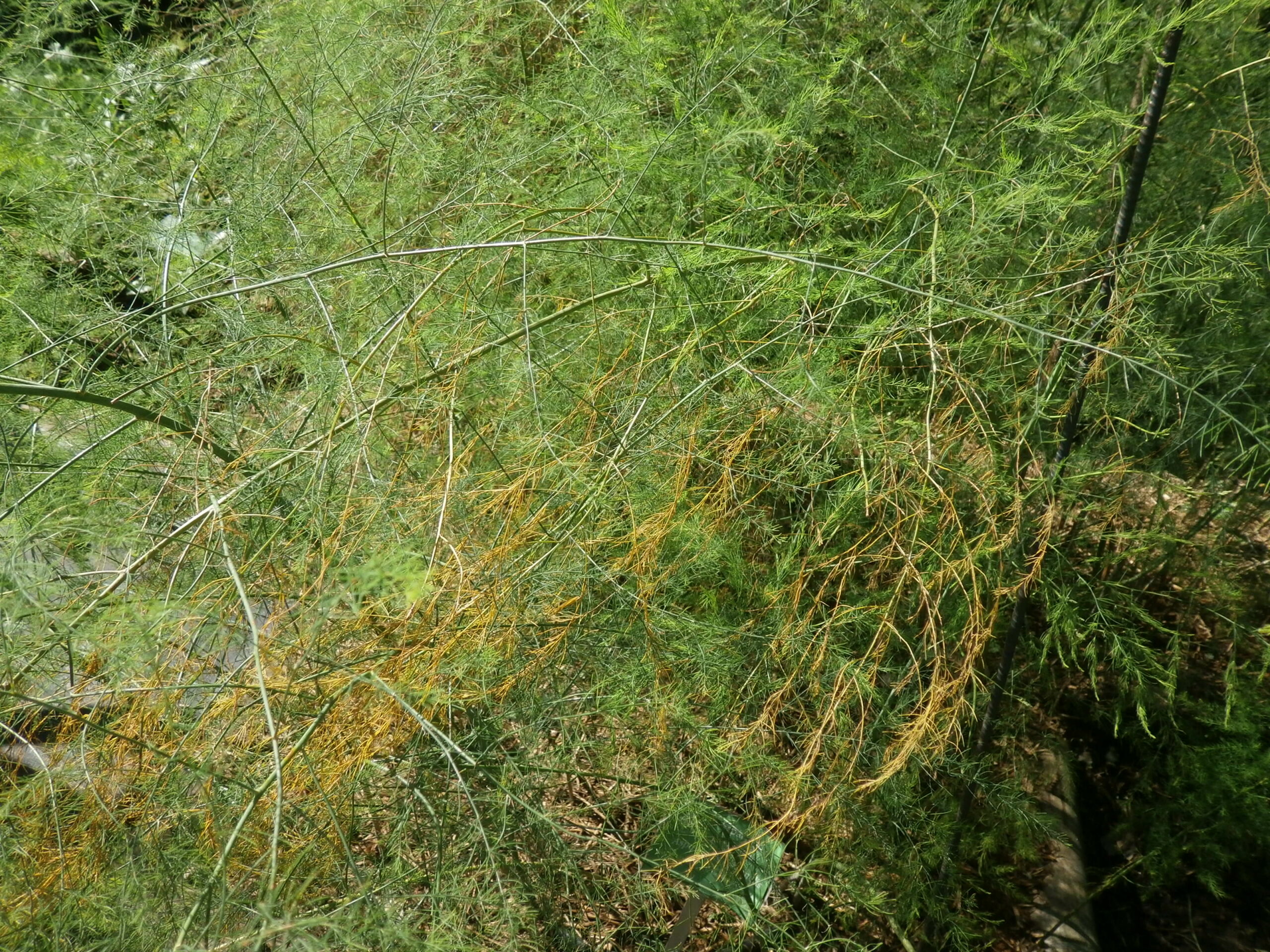
Asparagus
₡1,900.00
SKU: 0700 Category: Culinary GardenScientific name: Asparagus officinalis
Family: Asparagaceae
Origin: Europe and W Asia
Medicinal use:Regarding the field of health care, asparagus has important benefits due to: it is composed of more than 90% water. It can be eaten in hot or cold dishes; baked, grilled or steamed; and it can even be included in dishes with other products or taken alone. It can be used in sautéing green asparagus; the tagliatelle with pesto and asparagus; green asparagus with béchamel sauce or in the vegetable scramble.
45 in stock
-
Out of Stock
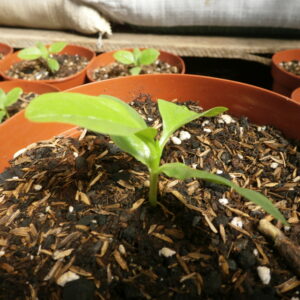
Spinach, Malabar Green
Culinary Garden ₡1,900.00 Read more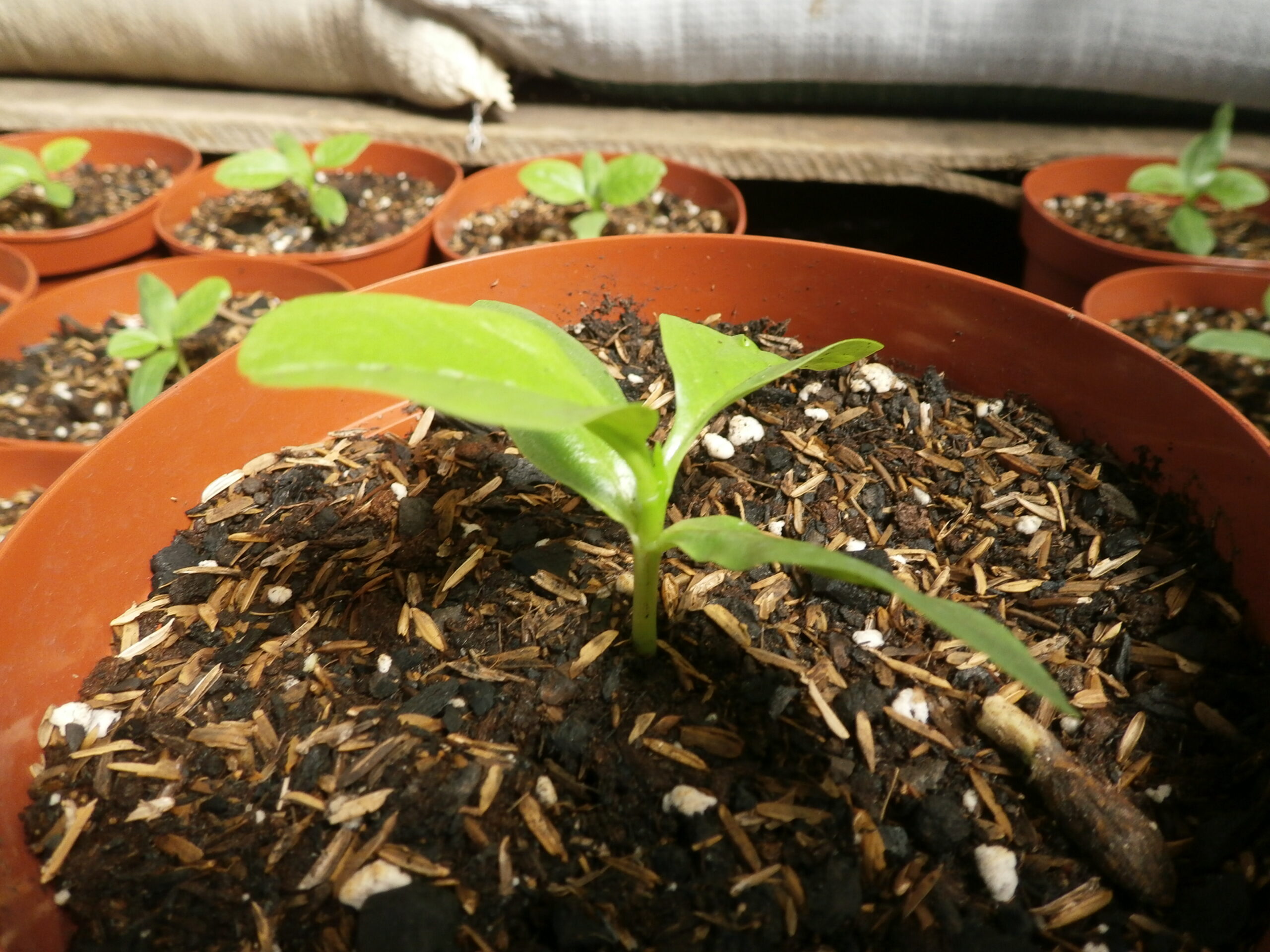
Spinach, Malabar Green
₡1,900.00
SKU: 0715 Category: Culinary GardenScientific name: Basella alba
Family: Basellaceae
Origin: India
Medicinal use:It is a perennial vine, popular in several tropical countries for its edible leaf, unrelated to the commonly known terrestrial spinach. Widely used in Asian cuisine, the culinary possibilities of Malabar spinach include its use to thicken soups, fry or stew with garlic and chili peppers, in salads or steamed with tofu and ginger.
Out of stock
-
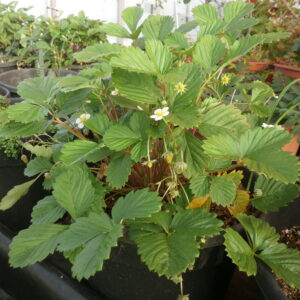
Strawberry, Red
Culinary Garden ₡1,900.00 Add to cart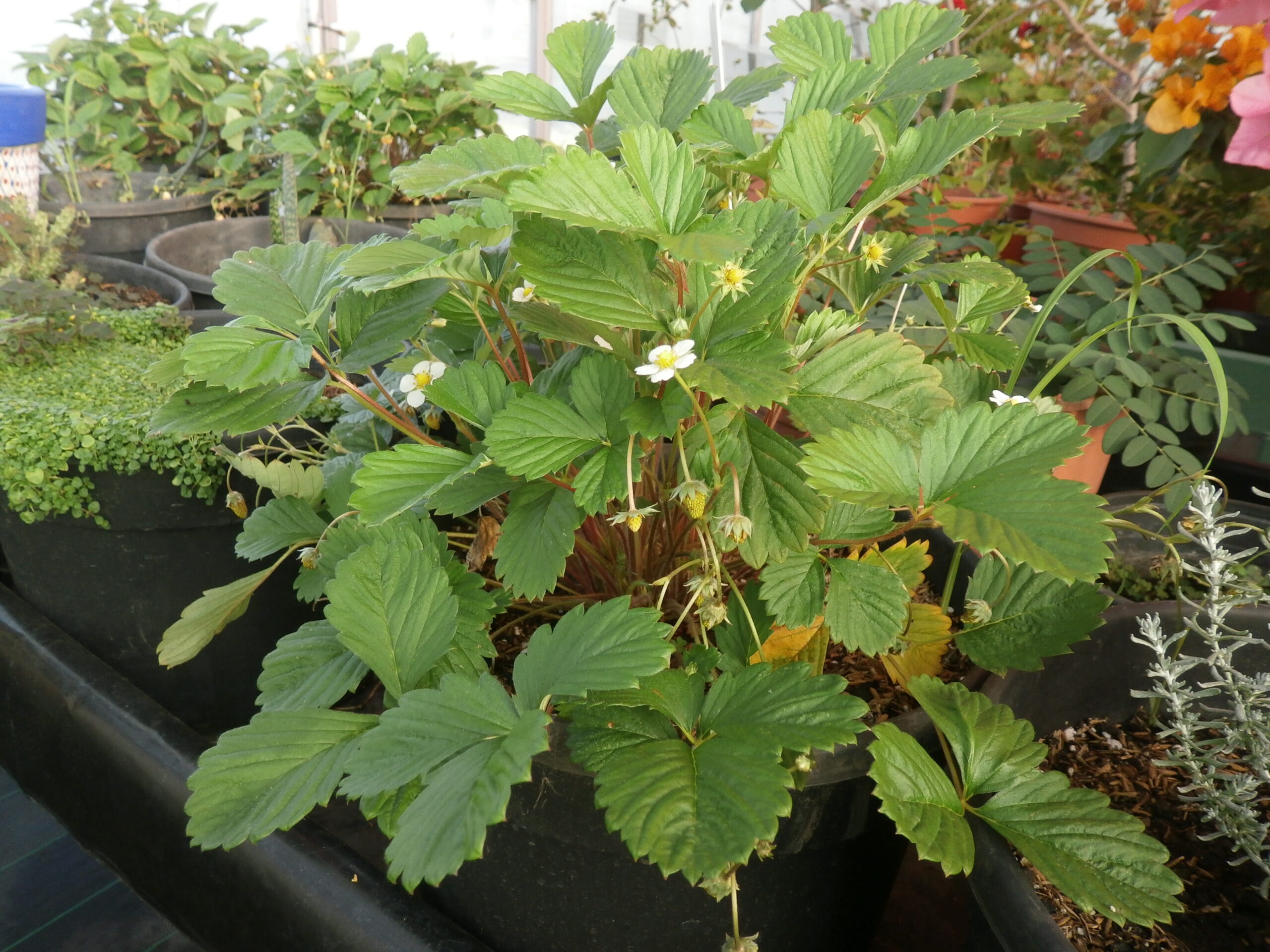
Strawberry, Red
₡1,900.00
SKU: 0795 Category: Culinary GardenScientific name: Fragaria vesca
Family: Rosaceae
Origin: Europe and W Asia
Medicinal use:Strawberries are used as raw material in many processed products, such as liqueurs, syrups, custards, compotes, mousse, cake fillings, sweets, sauces, ice cream pulp, sorbets, cakes, yogurts, smoothies, jams and preserves. The crushed strawberries are used to make the familiar strawberry shortcake, and the cooked strawberries and strawberry preserves can be used as filling for cakes, muffins and donuts.
23 in stock

